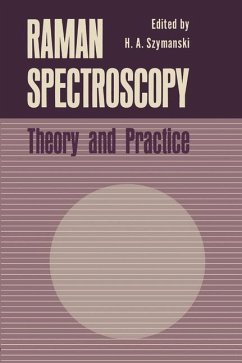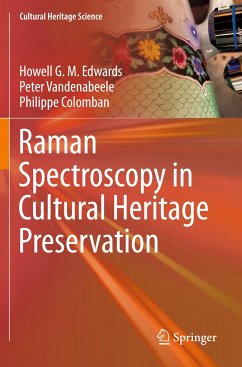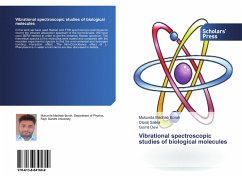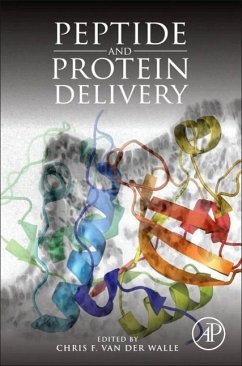
CNT's & human lung epithelials in vitro, assessed by Raman Spectroscopy
MatLab snippets in the hand of Raman Spectroscopy
Versandkostenfrei!
Versandfertig in 6-10 Tagen
53,99 €
inkl. MwSt.

PAYBACK Punkte
27 °P sammeln!
CNTs have attracted considerable interest not only for their outstanding physical properties, but also for their potential toxicological risks as nanoparticles (NP).The overall toxic response has proven problematic due to their interaction with colorimetric assay methods.In this work,in vitro cells were examined using Raman spectroscopy.It shows that it can be well differentiated on the basis of spectral features.The responses, the effect of oxidant production and medium depletion on the Raman spectral response and toxicology of the cell are examined independently.These spectral data build kno...
CNTs have attracted considerable interest not only for their outstanding physical properties, but also for their potential toxicological risks as nanoparticles (NP).The overall toxic response has proven problematic due to their interaction with colorimetric assay methods.In this work,in vitro cells were examined using Raman spectroscopy.It shows that it can be well differentiated on the basis of spectral features.The responses, the effect of oxidant production and medium depletion on the Raman spectral response and toxicology of the cell are examined independently.These spectral data build knowledge on the effects of the individual mechanisms, on the overall spectral content of the cell in presence of SWCNTs.As the development of Raman spectroscopy, for the analysis of cellular toxicity,is a key feature of this work, the development of applicable processing methods are a crucial part. Finally the ability of Raman spectroscopy to characterise the cellular response of A549 cells tothe presence of Carbon nanotubes is shown.












